How to use a viscometer ?
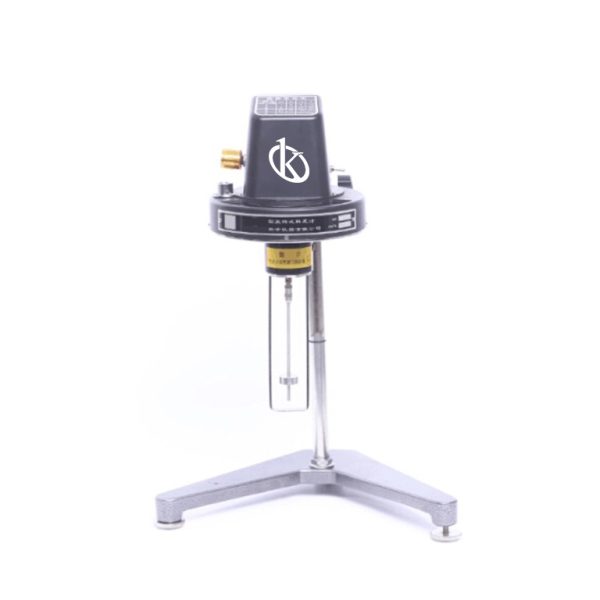
A viscometer is a device used to measure the viscosity of fluids. These measurements can be useful when designing products or improving industrial processes. These measuring devices can be found in a variety of situations, from measuring the viscosity of automotive oils to measuring the viscosity of a fluid to validating a food product as it goes through an industrial process. The most commonly used viscometer is the capillary viscometer.
The Laboratory Autoclave: Brief Introduction
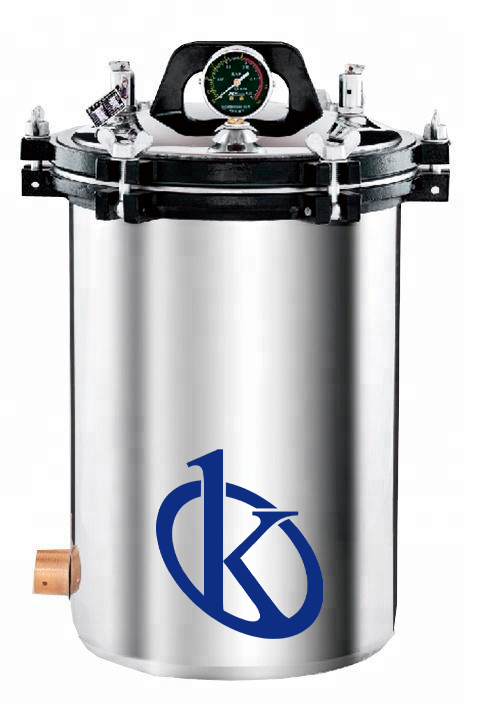
The Laboratory Autoclave is an essential tool for pollution control in the working environment. An autoclave is a device used for the disinfection of material, equipment and areas within a laboratory.
How are user safety levels ensured in a plasma centrifuge?
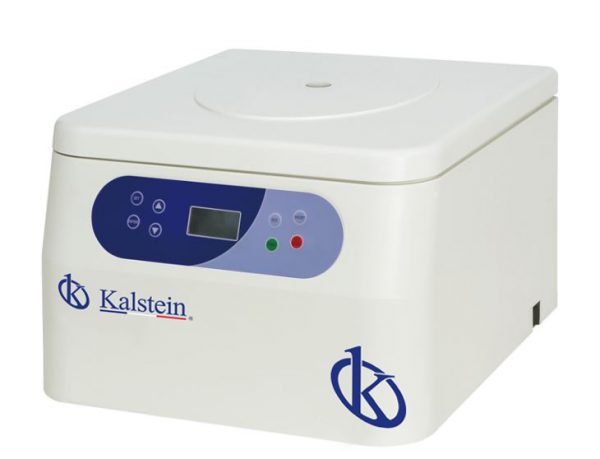
With modern medicine in full revolution, plasma centrifugation is an indispensable piece of equipment for the extraction and analysis of biological samples; plasma centrifugation can be used to completely separate cells from proteins, blood serum and other solutions.
Using the tissue processor to diagnose Marfan syndrome
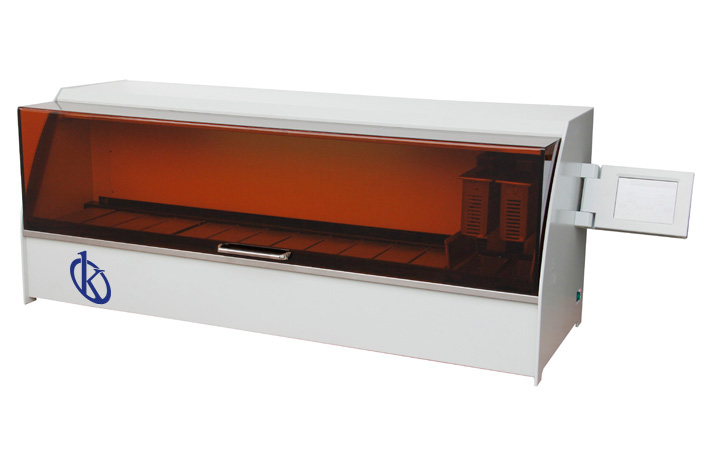
This disease is an inherited disorder of connective tissue, in which the collagen matrix is affected. Clinical presentation and severity of Marfan syndrome vary widely, ranging from isolated features to neonatal presentation of a severe and rapidly progressing disease involving multiple organ systems.
Why are optical microscopes generally used for the study of small objects?
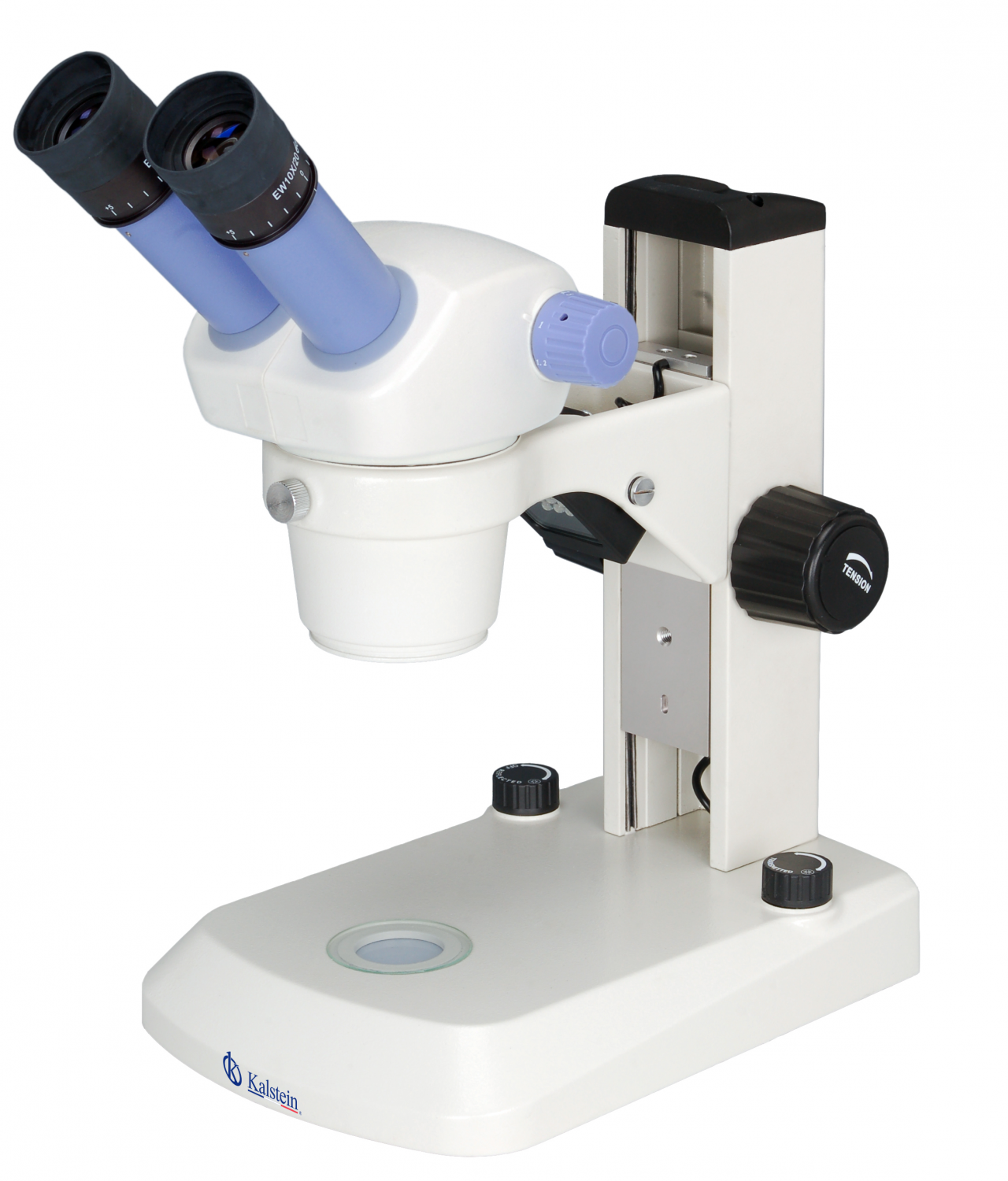
An optical microscope is a useful tool for examining small objects. In this regard, many biology and science laboratories opt to purchase such equipment for some of their studies, as these precision instruments help researchers to make precise and detailed observations of microscopic samples. Optical microscopes are the main tool for studying small objects because of their ability to magnify the object and to provide a clear and sharp image.
What is polarization and how is it applied in the use of optical microscopes?
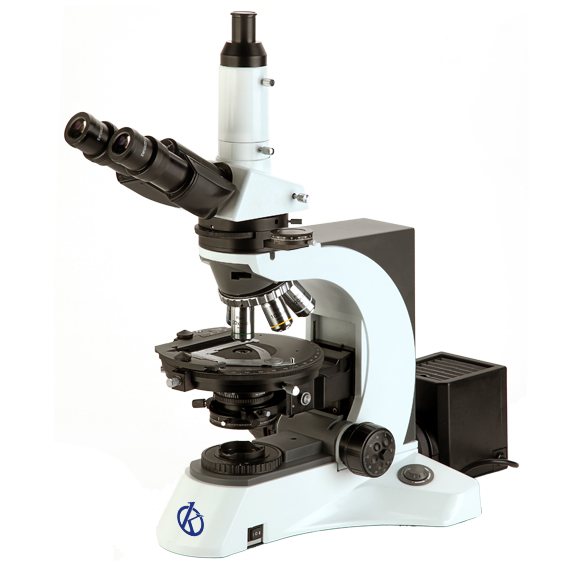
Polarization refers to the phenomenon that causes light rays to refract only in specific directions. It is an important concept known for a long time and is the foundation for the production of optical lenses. This property was first discovered in the early 19th century. Since then, it has been applied to a variety of fields, from photography to military technology.
Objective color assessment for medical laboratories with Color Evaluation Box
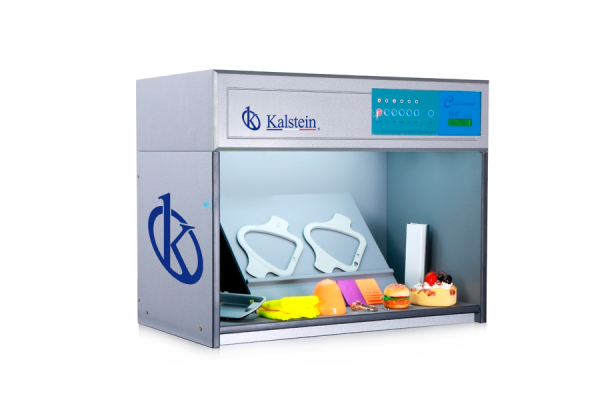
Objective color assessment is an important issue for medical laboratories. The color of laboratory test results affects the accuracy and meaning of the results. Medical laboratories have found a useful tool in the Color Assessment Box (CEC). This box helps decrease the impact of human factor by assessing color in laboratory test results.
Adjusting temperatures with laboratory gel systems
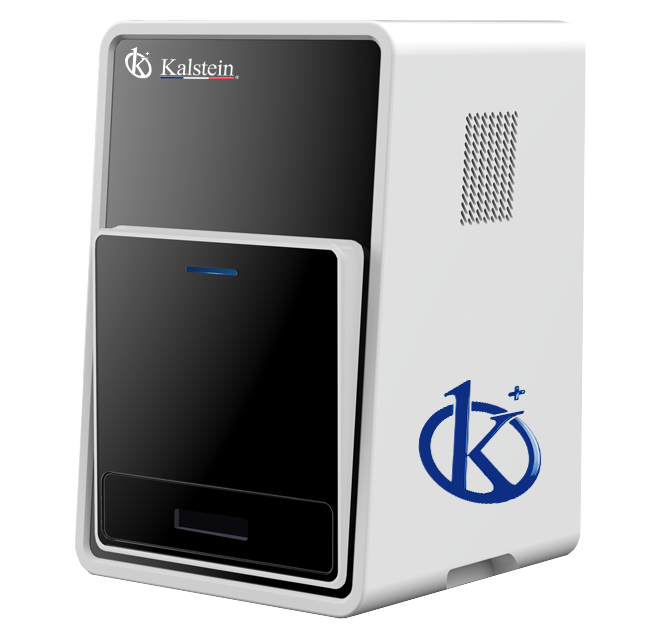
What is temperature adjustment with a laboratory gel system? The temperature suit with a gel system for use in the laboratory is a process used to adjust and maintain the temperature inside a laboratory.
Use of advanced technology for horizontal autoclave control

The control of horizontal autoclaves has become a vital part of the cleaning process in the pharmaceutical and food industry, the use of advanced technology for the control of horizontal autoclaves can ensure that products are processed safely and efficiently.
Distillation Technology for Quality Water in the Laboratory
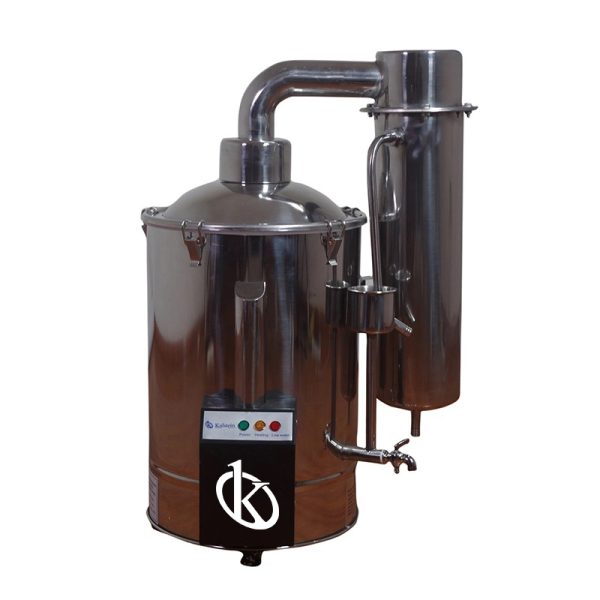
Distillation technology for quality water is essential for laboratories and medical facilities; this technique allows the elimination of the large amount of impurities and toxic substances present in water of uncontrolled origin. It is particularly recommended to obtain pure distilled water for liquid use, to be used as a vector in laboratories and medical facilities; distilled water is used especially for the conservation, prevention and control of impurities, microbes, heavy metals and other organic substances.
